Himalayan Cat Breed:
Active: Himalayans are minimally active, preferring to lounge and luxuriate. They enjoy company and companionship and prefer to enjoy their company perched in their laps.
Size: Himalayan cats are medium to large in size and range in weight from 7 to 12 pounds.
Characteristics: The Himalayan cat breed has a flat, striking face and a soft, furry body. They have round and rather large heads and their flat faces have noses that are almost smack-dab between their eyes. But this facial type can cause more health problems such as runny eyes and breathing problems. For this reason, the more traditional “doll face” facial type is more encouraged by breeders and registries alike. They can also have similar health problems to those of Persians such as gingivitis, plaque, tartar buildup and polycystic kidney disease, or PKD. They have short tails and short legs with a sturdy and muscular body.
Temperament: The Himalayan has been given the affection nickname “Himmy” and is adored by fanciers. Flat-faced and fluffy, they have an endearing face that will melt your heart and a personality that will have you wrapped around their little paws. They are incredibly affectionate and love to cuddle and be petted by their companions. The Himalayan cat breed has a similar personality to the Persian cat. Gentle and sweet, they are wonderful companions. They are a more quiet cat breed and may not be the best cat option for a house full of rowdy and noisy children. But, the Himalayan is not devoid of a playful nature. They love to play games, play with toys or even play fetch. Himmies have an ornamental appearance and they love to recline and show it off. They are more sedate cats, preferring to lounge and relax. Himmies love to perch themselves on your lap, much like a throne, and allow the adoring masses to gently pet them. They are not overly needy pets but they will certainly want your love and attention and, with such wonderful personalities, you will not have a hard time sharing your love with them.
Care: Himalayan cats should be brushed daily and bathed often to keep that silky coat looking spectacular at all times. They require frequent baths to small fresh and gorgeous. They can have problems with tear streaks so their faces should be wiped daily with a wet cloth. Trim their nails and clean their ears as needed (typically about once per week). Not only will these cats love the constant attention and adoration they will feel with frequent grooming, but both cat and fancier will take pride i
Coat: Their coat is long, fluffy and incredibly beautiful. They do require frequent grooming as their coat can become matted. But, with such a lush coat, you will want to pet and groom your Himmy all the time!
Origin: The Himalayan is a man-made creation. The breed is a cross between a Siamese and a Persian cat. In 1924, a Swedish geneticist was the first to cross a Siamese with a Persian cat. In the 1930s, medical researchers Virginia Cobb and Clyde Keeler, of Harvard, began a breeding program in which they crossed Siamese and Persian cats in an attempt to create the same color points and blue eyes as seen in the Siamese cat breed. In 1935, the first pointed pattern long hair was born and the first cat to be called Himalayan breed was named Debutante. Once they had achieved their goal and discovered what they wanted to know about crossing breeds to achieve particular appearances, they ended their research.
It would seem that the Himalayan breed may never come to be now that research was done. But, interest in a breed with similar characteristics never died down. Over the years, many expressed interest in a cat with just such an appearance. In the 1950s, British and American breeders both expressed interest in a Siamese-pointed Persian and, using the research and discoveries from Cobb and Keeler, bred cats to achieve this look. In 1950, Marguerita Goforth bred a Siamese-pointed Persian. As cats with the desired traits were bred and the look was achieved, breeders began to strive to have the breed recognized. In 1957, the CFA and ACFA began to recognize the Himalayan cat breed.
In 1984, Himalayan and Persian breeds were merged, which was a controversial decision and was not met with approval or satisfaction by many breeders. The reasoning was that the two breeds had similar body types but the move surprised many breeders and still frustrates many to this day. Regardless of this decision, however, the breed does have Championship status. Depending on the registry, the breed is now either listed separately or combined with Persian but the Himalayan breed remains very popular.
Be the first to review “Himalayan Cat” Cancel reply
Related products
kittens
kittens
kittens
kittens
kittens
kittens
kittens
kittens


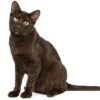
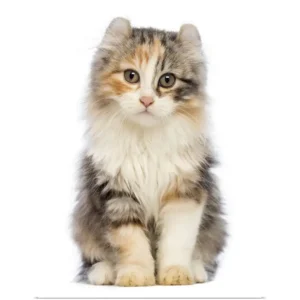
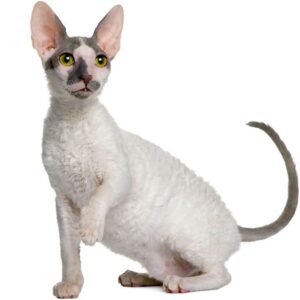
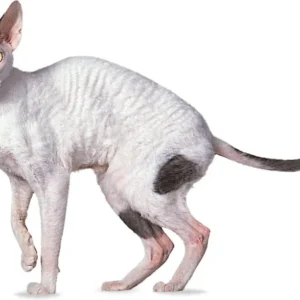

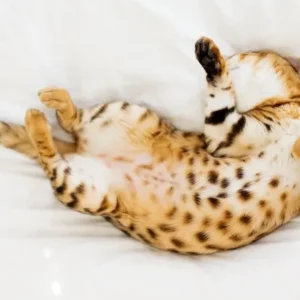

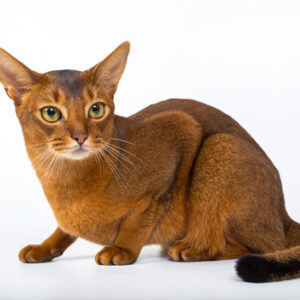
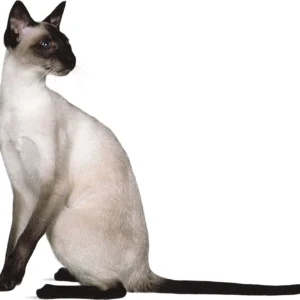

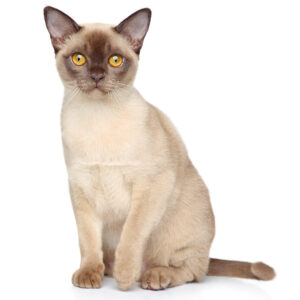
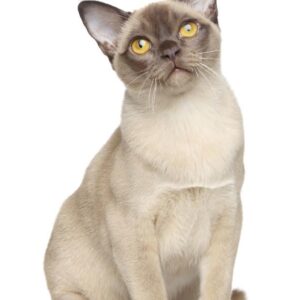

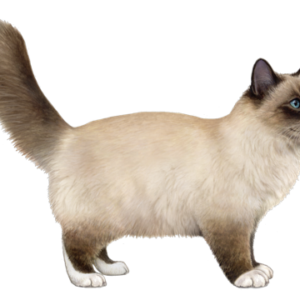

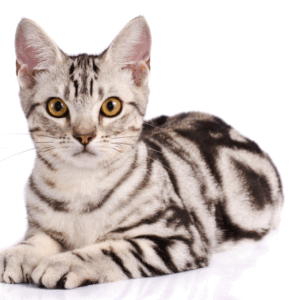
Reviews
There are no reviews yet.